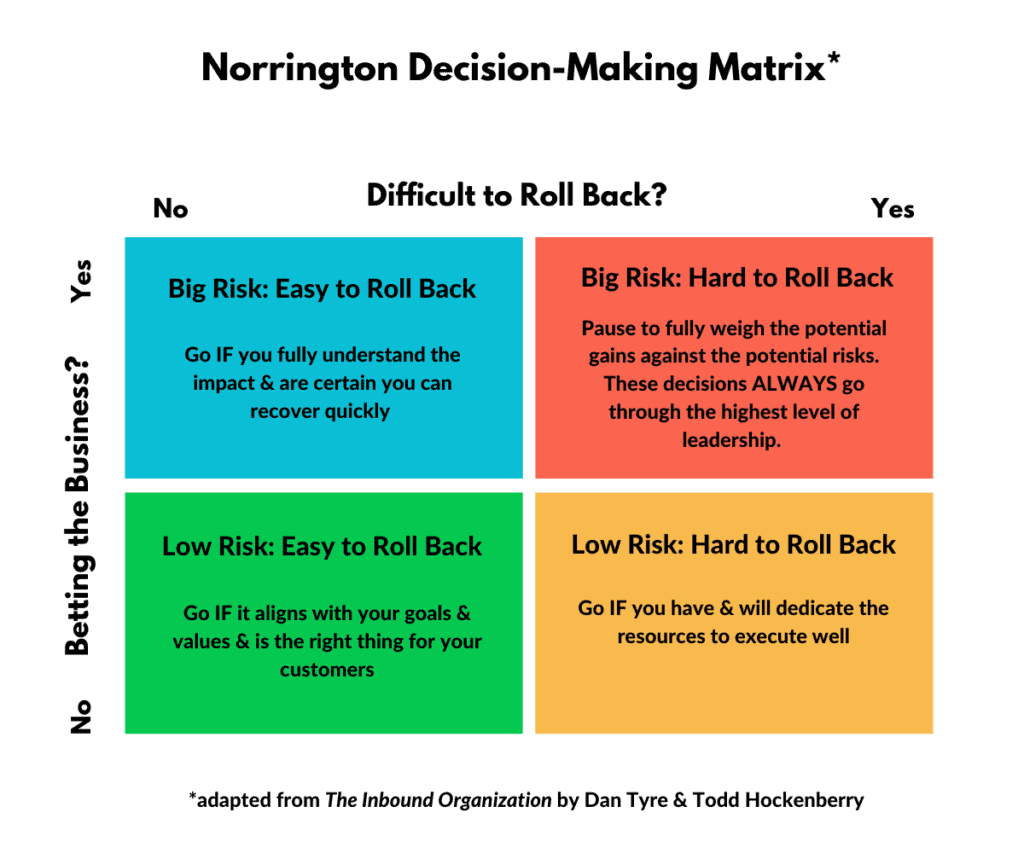Since Donald Trump was sworn in for his second presidential term on January 20th, the United States federal regulatory landscape has undergone significant and rapid changes. To date, Trump has signed 60 executive orders which have had cascading effects, especially for federal employees and grant recipients. A minimum of 81,873 federal employees have been rendered jobless, and payments on federally funded grants remain frozen despite court orders to release those funds.
There is a great deal of uncertainty about the future of many businesses that either directly or indirectly receive revenue through federal grants or do business with affected government agencies. Additionally, specific topics and ideologies are the target of new scrutiny; NSF grants that contain any terms from a leaked list of 108 banned words and phrases are being flagged for review, and federal agencies were ordered to scrub their public pages based on a list of about 20 keywords, though those pages have since been restored for now.
What Do All of These Policy Shifts Mean for Businesses?
It’s hard to know for sure. The courts and the administration are mired in a flurry of orders, rulings, and litigation that leave most leaders with more questions than answers. There are four key things that we know are having immediate impacts:
- The Gender Ideology Memo
- The CDC Content Restrictions
- NSF Grant Keyword Screening
- The Federal Funding Freeze, which is largely tied to the previous 3
The particulars of these policies are explained in greater detail HERE, but in Trump’s words the focus of these initiatives is to address the “woke agenda.” Specifically, the common thread appears to be Diversity, Equity, and Inclusion (DEI). Nearly all words referencing women and/or minorities are flagged as problematic by the administration.
How Should Businesses Respond?
Unsurprisingly, many companies and nonprofit organizations have responded by scrubbing their websites of all mention of DEI and are considering pivoting, repositioning, or even rebranding. While that may be a prudent decision for some, I’d like to encourage everyone to take a beat and think through any significant changes to your company. Good decisions are seldom made out of fear.
First, Follow the Money
Whether you’re a business or a nonprofit, it’s important to be pragmatic about what is necessary to keep your doors open and meet payroll. If the majority of your funding directly or indirectly comes from federal grants then your management team has likely already begun evaluating your options for the fiscal sustainability of your organization. If you lose all federal funding you’ll have four options: to find other sources of funding, pivot your business model, reposition, or rebrand.
Second, Align to Your Mission
Most businesses have a mission statement, but what I’ve found is that very few think about it regularly. Integrating your mission into your day-to-day work is always a good idea, but during times of uncertainty, your mission serves as your anchor. One great tool to help refocus your efforts on your mission is called an MSPOT, which stands for Mission, Strategies, Plays (or Projects), Omissions, and Targets.
Odds are your business was built on a foundation that preceded the current political climate, and it exists for a reason. What do you aim to do in the world? Has that changed in the last month? If not, double down on your mission with practical strategies that you can execute in order to progress toward your goals. Focus on the things that you can control and especially the things that don’t change. You may find that the current regulatory changes mean you need to consider some new omissions or adjusted strategies and targets, but let your mission guide you, not your fear.
If DEI Is Core to Your Company’s Mission, What Should You Do?
There isn’t one right answer. Some notable former corporate advocates of DEI policies like Meta, Target, Walmart, Amazon, and McDonald’s have walked back or fully abandoned their DEI initiatives. Meanwhile, Costco, Delta Airlines, Apple, Proctor & Gamble, and others have committed to continuing their DEI policies. At this time, whether or not companies can expect retribution from the government for taking a stand in favor of DEI is unclear. Nonprofit organizations have a clearer mandate to abandon DEI already, so their choices will have to be carefully weighed. One path that some organizations seem to be taking is adjusting their language, but not their mission.
How Do You Make the Tough Decisions?
Once you’ve weighed the financial implications, your mission, and how that mission translates into your work, you’ll likely have more concrete and focused decisions to make. Maybe you’ve found that for now nothing in your business needs to change, and if so then by all means stay the course. You don’t need to pivot or reposition at all. However, for many companies, it’s likely that some tough decisions will need to be made, and the smart way to do so is to weigh the risks rather than focus on fears. It’s all too common to confuse those two.
A Simple Framework for Complex Problems
I’m a big fan of the Norrington Decision-Making Matrix because it’s a practical framework on a classic 2 x 2 grid and it helps me to be decisive and effective.
So here’s how we’d apply the framework for a hypothetical US manufacturing company that can attribute about 70% of its revenue directly or indirectly to federal funding. Currently, the company website has over a dozen mentions of DEI policies, events, and activities throughout the website. Given their heavy reliance on federal funding, the management team decides they should reconsider their messaging. Given that diversity is a core value to the company, they don’t want to abandon DEI entirely.
So the question to answer is whether or not they should change their public positioning while still upholding internal DEI values.
If they change their positioning, would it be difficult to roll back that decision once they make it? No.
If they change their positioning, would it pose a risk to the company? Probably not.
So that makes the decision low-risk and easy to roll back, which means they should proceed as long as it aligns with their goals and values and is the right thing for their customers.
While diversity is important to the company, changing the language on their website does not amount to a change in their core values, but would allow them to continue to serve their customers and employees.
Is that the only way to interpret this decision? No, of course not. Another company might feel strongly that changing their public positioning isn’t in alignment with their values and could decide instead to seek out new customers. That of course would be a significant pivot and would warrant running that decision through the matrix on its own, but as you see the matrix is a good tool to set aside our fears and assess risks thoughtfully.
So Should You Pivot, Reposition, or Rebrand in 2025?
While the answer to that question isn’t simple, I hope this process will help you work through it thoughtfully. To recap, here are the steps to think through the challenges facing businesses in this new administration:
- Follow the Money: Take an honest look at the financial implications of your current situation.
- Align to Your Mission: Focus on your purpose and what you want your business to do for the world.
- Use the Norrington Decision-Making Matrix to Make Tough Decisions.
None of this is easy, but then again business never is. If you’d like to dig a little deeper and talk through your challenges I’m here to help. Feel free to book a short, complimentary call with me HERE.





